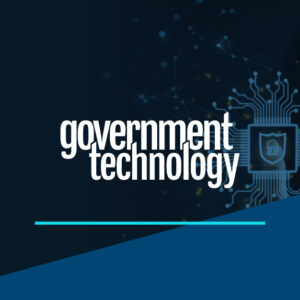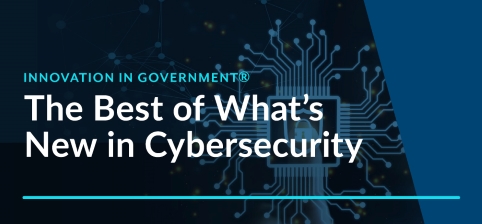Cybersecurity reached a tipping point in 2021. One big driver is a wave of disruptive attacks — some targeting critical infrastructure and important supply chains — that has put a national spotlight on this long-simmering issue. These attacks are a wake-up call to elected officials and line-of-business leaders regarding the risk presented by growing cybercriminal activity. That call has gone all the way to the Oval Office, where the Biden Administration issued an executive order aimed at shoring up the nation’s cybersecurity through better sharing of threat information, greater adoption of Zero Trust security architectures and secure cloud services, and other measures. The COVID-19 pandemic has been another important driver, turning up the heat on modernizing security approaches and tools in state and local government. Another critical factor: There’s new money available for cybersecurity modernization. Read the latest insights from industry thought leaders in cybersecurity in Carahsoft’s Innovation in Government® report.
Achieving a Sustainable Cybersecurity Strategy
“The pandemic accelerated trends that were already in motion. Digital innovation increased to meet the need for digital interactions when face-to-face interactions weren’t possible. In addition, the massive shift to working from home impacted risk. When the pandemic hit, most organizations didn’t have all the policies, procedures and tools in place to effectively secure those environments. Another disruptor is the changing geopolitical landscape. Cyber warfare is becoming a mainstream weapon for many nation states. And then there is the explosion of fraud as a service. Attackers are taking advantage of the fact that organizations’ defenses are not ready for remote work and these other changes.”
Read more insights from Cloudera’s Field CTO, Carolyn Duby.
Intelligent, Ubiquitous Security
“Organizations need prevention and visibility on the endpoints themselves because these devices are in varying risk environments and will eventually be connected to the network, if they aren’t already. Very few sizable breaches occur without accessing or compromising an endpoint. Organizations should focus on prevention first and then visibility because the value of visibility lessens if you don’t have the resources to act on what you see. Preventing an attack early is far less expensive and time-consuming than stopping it later. Organizations need to apply a uniform Zero Trust defense strategy across all devices — mobile included — and personnel.”
Read more insights from Blackberry’s Vice President of Global Services Technical Operations, Tony Lee.
 Disaster Recovery in the Age of Ransomware
Disaster Recovery in the Age of Ransomware
“One reason cloud storage services are succeeding is because they provide high performance at a much lower cost than the large cloud providers. Many hyper-scale cloud storage providers use service tiers where organizations can store certain data “deep and cheap” for governance or compliance reasons. However, data retrieval can take hours or days and data egress fees can be very expensive. By contrast, a high-performance storage service that doesn’t use service tiers offers a better model for organizations that are fighting ransomware and need active data and a fast response time. Cloud storage services also don’t charge a data egress fee — unlike many hyper-scale cloud providers. This means disaster recovery teams can regularly practice restoring their data without paying a fee every time they do so.”
Read more insights from Wasabi’s Director of Product Marketing, Drew Schlussel.
Cybersecurity at Scale
“The first thing to understand is whether you’re going to lift and shift on-premises workloads or have everything cloud native moving forward. Understanding your cloud strategy will inform your security approach. For example, if you’re going to lift and shift a data center where applications are hosted on servers, your workload protection needs to be tuned toward server vulnerabilities, which are very different from vulnerabilities on laptops and desktops. Also, it’s not just endpoints that are vulnerable. The automation or orchestration layer can also be an attack vector. Finally, it’s important to have tools that monitor conformance to your cloud governance standards so you can avoid misconfigurations that expose your environment to attack.”
Read more insights from Trend Micro’s Vice President and General Manager for U.S. Federal Business, Chris Radosh.
Download the full Innovation in Government® report for more insights from these cybersecurity thought leaders and additional industry research from GovTech.







